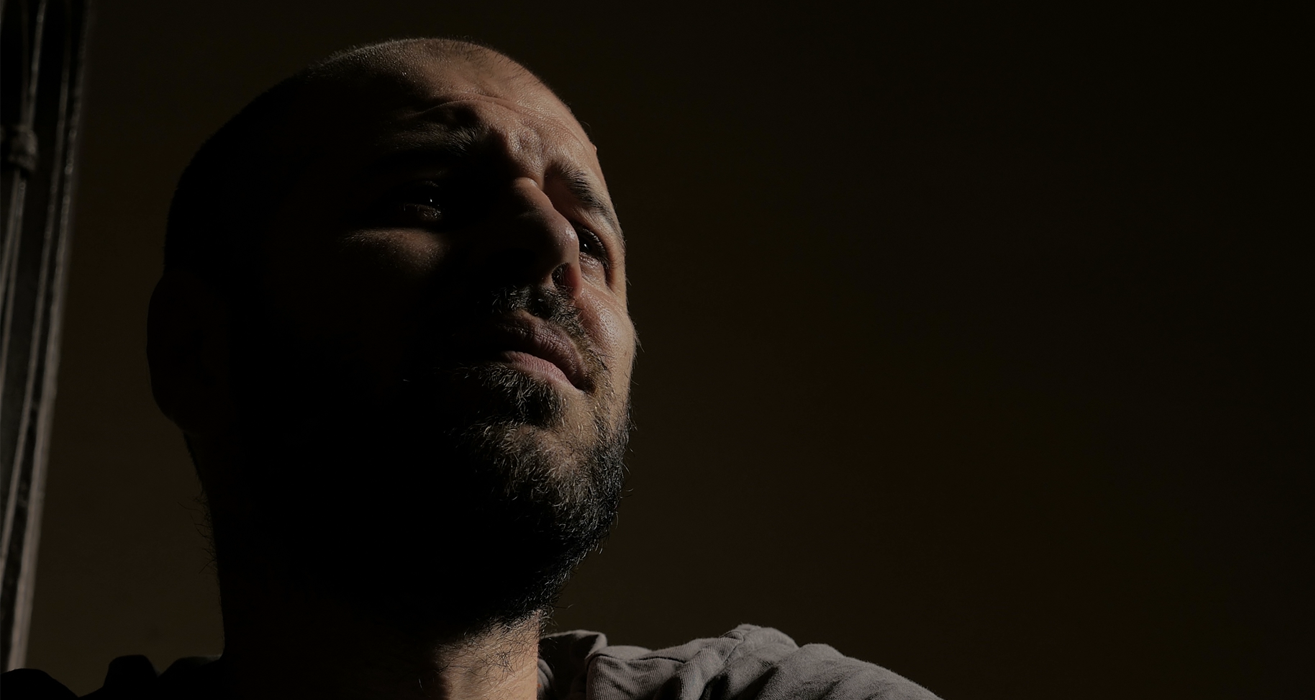You may have noticed him when looking up at the night sky – a man’s face, etched into the surface of the moon. This is one of the most famous examples of pareidolia, the phenomenon of perceiving illusory faces in objects.
Processed through similar neural mechanisms responsible for recognizing real faces, pareidolia tricks the brain into seeing a face that isn’t there. Although this phenomenon may just be a processing error, it also provides an evolutionary benefit, where seeing an illusory face amongst the bushes is far safer than never spotting a real face hiding back there.
From suitcases, plants, mountains and houses, Susan Wardle, a researcher on pareidolia, gathered a range of illusory faces and set out to study people’s perceptions of each object’s emotions, age and gender. While the perceived expression and age varied widely, there was an overwhelming bias towards interpreting illusory faces as male rather than female, at a ratio of 4:1. 80% of both male and female participants exhibited this male bias, while only 3% of total participants showed a female one.
Susan Wardle and her colleagues searched for a perceptual explanation of this bias, from differences in colour and curvature, to DNN representation, but found no correlation. The results concluded in favour of cognitive bias, as Wardle explains, “the visual features sufficient for the perception of the face are not sufficient for the perception of female.” Wardle sited Lego figures as an example, where the female characters are given additional features such as full lips and eyelashes, while the male characters are default.
In animation, this issue of male being default while female a variant is widespread. Take Minnie Mouse, who is just Mickey Mouse with the addition of eyelashes and a pink bow. The female characters are a branch off of male, and in order to be female there has to be a “feminine” feature added to them.
Animator Lino DiSalvo captured this concept when speaking on Disney’s Frozen, saying “animating female characters is really difficult, because they have to go through these range of emotions, but you have to keep them pretty.” This shed light on Disney’s harmful standards at the time, where female characters weren’t allowed to express “unattractive” facial expressions or emotions, while male characters could. In more stylized Disney and Pixar animations such as Inside Out, the male characters are created with a diverse range of shapes – triangles, rectangles, circles and trapezoids. The female characters on the other hand only vary slightly, just minute changes in ovals and circles.
But this problem doesn’t stop at Disney. Even in animated films with cartoon animals, where the creators could base both male and female designs on the real characteristics of the species, studios still opt for males to exhibit the species’ features accurately, and females to be the species with additional exaggerated features, going as far as adding high heels and an hourglass shape.
The future of mainstream animation looks more promising though, with Disney’s most recent animated feature, Encanto, showcasing more diversity in their female characters. While Frozen’s Anna and Elsa along with their mother shared the same facial model, with variations in just hair and eye colour, the sisters of Encanto – Mirabel, Isabela and Luisa, all look related yet unique, and the creators fought hard for Luisa to stay muscular, despite Disney pushing back for a more petite frame (CBR). As we continue to #breakthebias following International Women’s Day, animators should aim to challenge how we perceive female characters, and fight for better representation.
If you would like to learn more about female representation in animation, feel free to contact us at hello@shootyou.co.uk



